Whenever the Volvo cars are mentioned, the first things that pop into the mind are well-built, safe, and dependable family vehicles. For decades, Volvo invested in this image and reputation, and most of its models fall in that category. However, in a sea of relatively dull and boxy sedans and wagons, there is one very unique classic car that perfectly matted the qualities of “Swedish steel” with sensual lines of Italian design and exclusivity of a thoroughbred sports coupe, providing the company with the special allure of performance, prestige, and exclusivity. Of course, we are talking about the gorgeous Volvo P1800, which is probably the most sought-after model from this legendary brand and a highly collectible 60s icon. Volvo P1800 wasn’t just a beautiful car but also a sub cultural icon which appeal is still remembered. The genesis of the Volvo P1800 started right after WWII when the company began exporting its cars to Europe and North America. Models like Volvo 444 or 544 were well received and praised for their qualities, but they weren’t exciting or prestigious. Volvo’s board of directors realized that they needed a sports car that would act as a promotional tool for the company and assigned their engineers with this task. The result was an exciting but expensive and short-lived P1900 model with a fiberglass body but ordinary mechanics. The model was introduced in 1956 and only sold in about 67 copies. Even though the P1900 wasn’t successful, the idea of building a proper sports coupe didn’t abandon Volvo’s executives, and a few years later, they had another go.
This time, they decided to take the newly introduced Volvo Amazon as the basis but cover it with a unique and well-designed body that will draw the attention of the sports car crowd. The chassis included live rear axle and longitudinally positioned engine which was common layout at the time. The mechanics were not a problem for the new sports model, but the design was, and Volvo is turning to the design studio Ghia, which passed the project to its Frua subsidiary. Soon, the first drafts were made available and accepted. There is also an interesting story related to the design. Namely, the author of the final design of the new Volvo was Pelle Peterson, a Swede who worked in Italy. Pelle was the son of Helmer Peterson, one of the prominent people in Volvo, in charge of this project. Although it seems so, nepotism and family ties did not influence the choice because Mr. Peterson (senior) singled out his son’s design, thinking the author was Italian. Although he was wrong, the lines of the body he chose proved to be spot on. So when the Italian design of the Volvo P1800 is mentioned, it should be taken with a slight reserve.
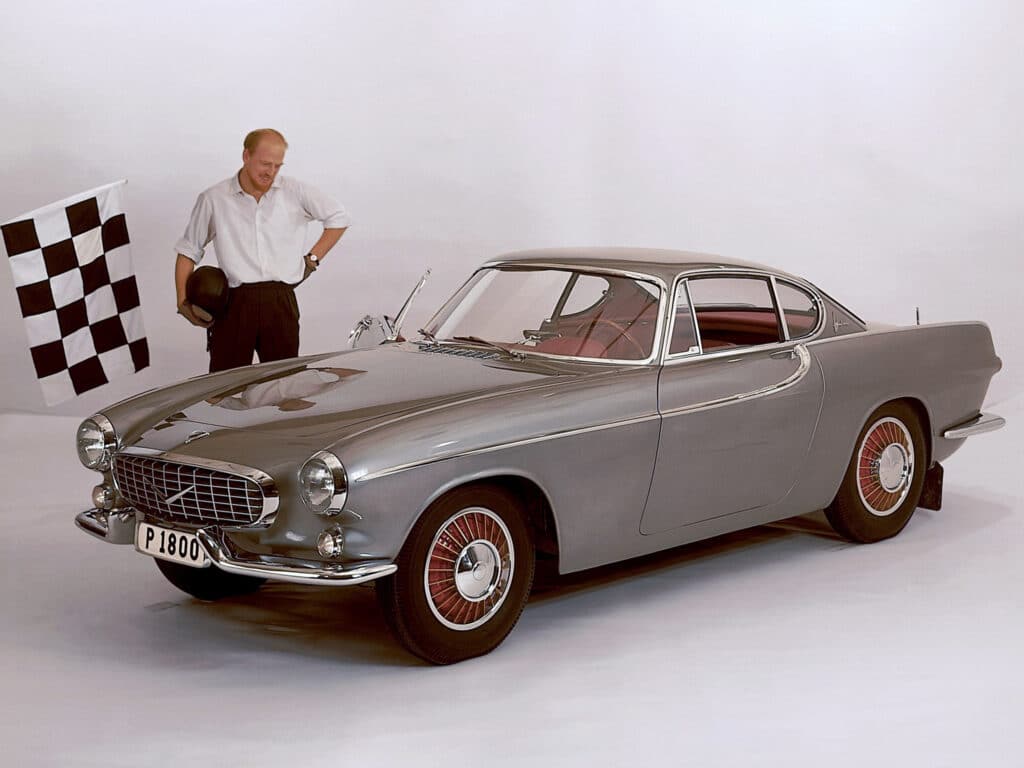
The next step was to find production facilities because Volvo’s capacities at the time were simply not enough. The choice fell on the famous German body shop Karmann, but Volkswagen reacted violently to the news of this deal, and after threatening to suspend its contract, Volvo was rejected. At that time, Volkswagen had Karmann Ghia as its sporty proposition and if Karmann produced P1800 it would be a conflict of interests. Eventually, a partner was found in Scotland, and the Jensen factory-prepared assembly lines for the new Volvo P1800 in addition to its models. In September of 1960, the first Volvo P1800 coupes were presented to the motoring public and immediately became the talk of the community. Simply, nobody expected that Volvo would be capable of producing such an elegant coupe with perfect proportions, low silhouette, and look of Italian exotic. Very soon, the Volvo P1800 was nicknamed “Ferrari from Goteborg” for its looks and design origin.
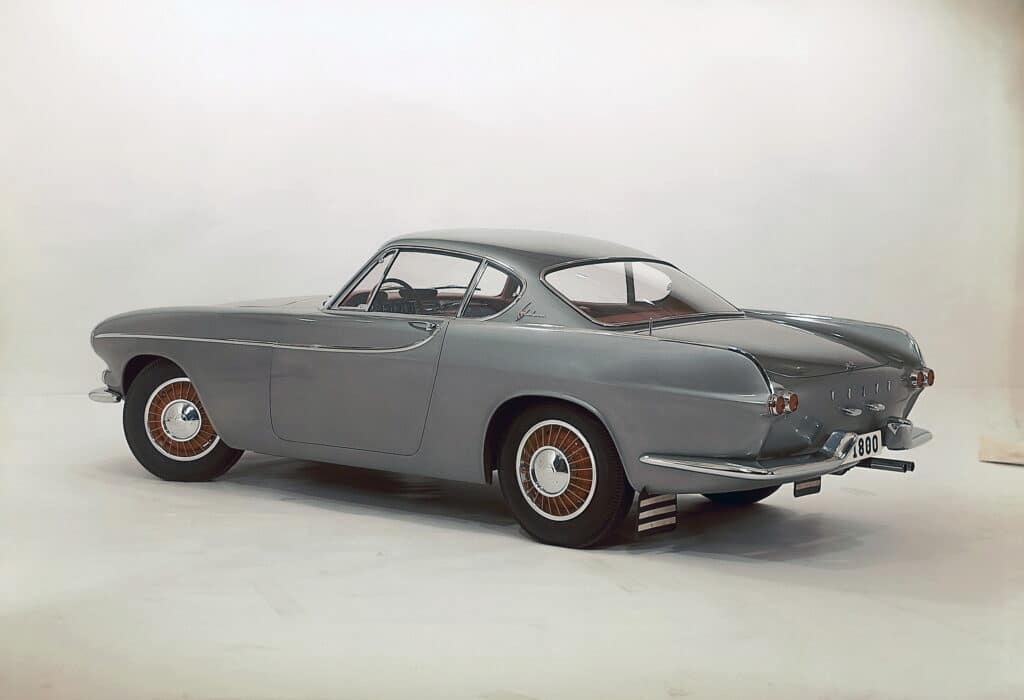
Under the hood was a proven 1.8-liter four-cylinder engine (hence the name) delivering 100 hp at 5500 pm. The performance was satisfactory but not spectacular, which means that it took about 12 seconds to sprint to 60 mph (100 km / h), and the top speed was around 110 mph (175 km/h). However, for early ’60s standards, those were decent sports car figures. The global market reacted favorably, and immediately demand was higher than supply. In early ‘60s the affordable sports cars were terribly slow and those who were fast also cost much more. Volvo P1800 was brisk and relatively affordable and there simply wasn’t anything like it on the market. Due to the complicated production process and shipping of components to the Jensen factory, the waiting list was rather long, but the American market proved to be very lucrative. It was an ideal coupe for the US buyer due to its robust mechanics, decent performance, and unique look. Besides, if we knew that the price of the new P1800 was relatively high for Europeans, it was just suitable for Americans. On the other side of the ocean, the market immediately demanded a convertible version that Volvo did not approve, so few dealers made their own conversions.
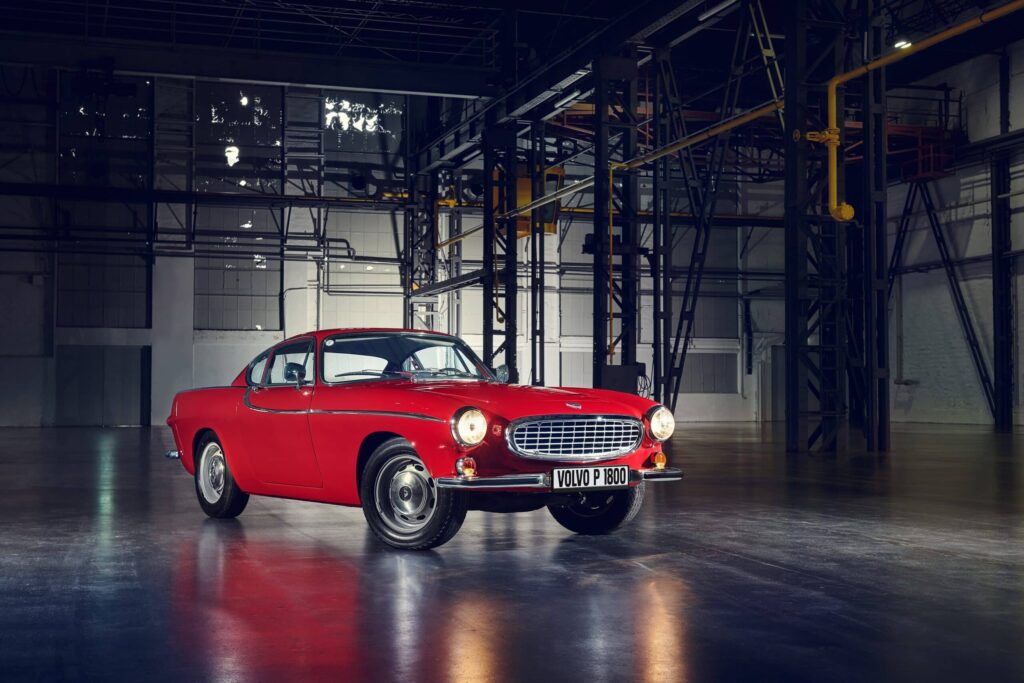
In 1964, production in Scotland ceased after 6,000 units (out of the planned 10,000) because Volvo was not satisfied with the quality of the bodies. After constructing a new factory in Torslande, Sweden, the assembly lines moved, and the model has since been called the P 1800 S (Sweden). The reason for the change was the poor rust proofing of those early models, which was not up to Volvo’s standards. However, the popularity continued to grow, and contributing to this was the appearance in the television series “The Saint,” which internationally celebrated both Rodger Moore and the Volvo P 1800. This TV show was one of the most popular programs in the mid-60s and tremendously helped promoting the P1800 all over the world.
The car was practically unchanged until 1969 when a more powerful 2-liter engine was installed, developing 124 hp and enhancing the performance. Fuel injection has also offered in 1970, and these models are known as the P 1800 E. This version had 130 hp, four-wheel disc brakes, more interior features, and 9.5 seconds 0 to 60 mph time. However, the Volvo P1800 was slowly getting outdated even though the sales were satisfactory. It wasn’t so modern, fast, or capable, and the company realized that it needed to offer something different to kick-start the attention.
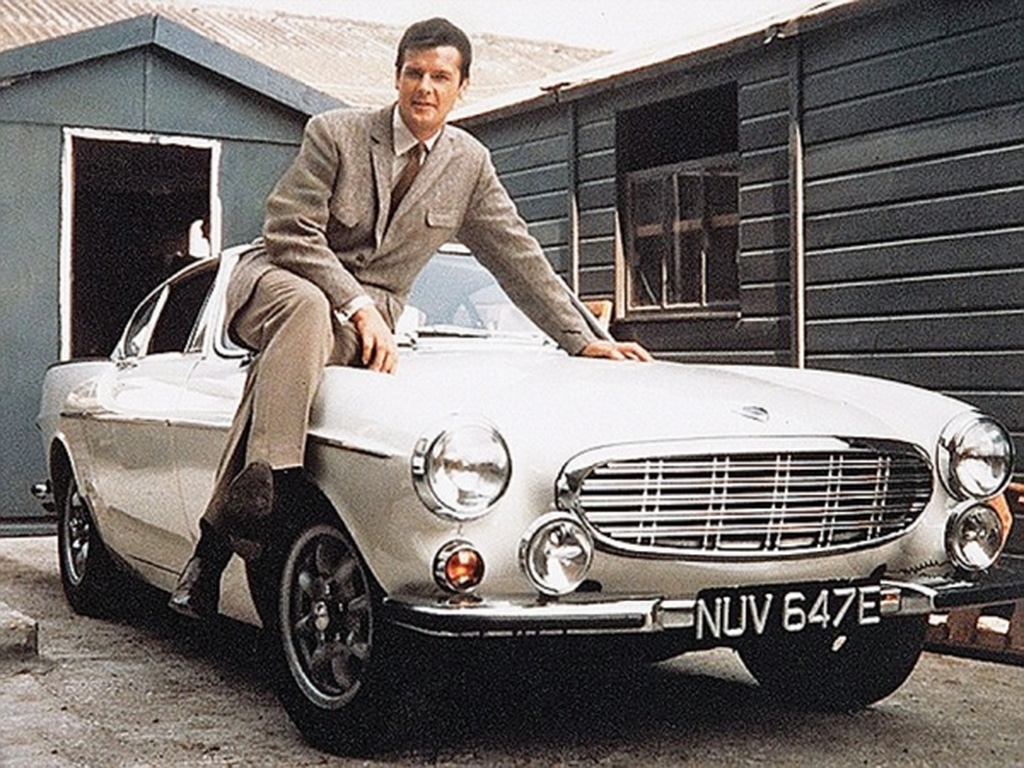
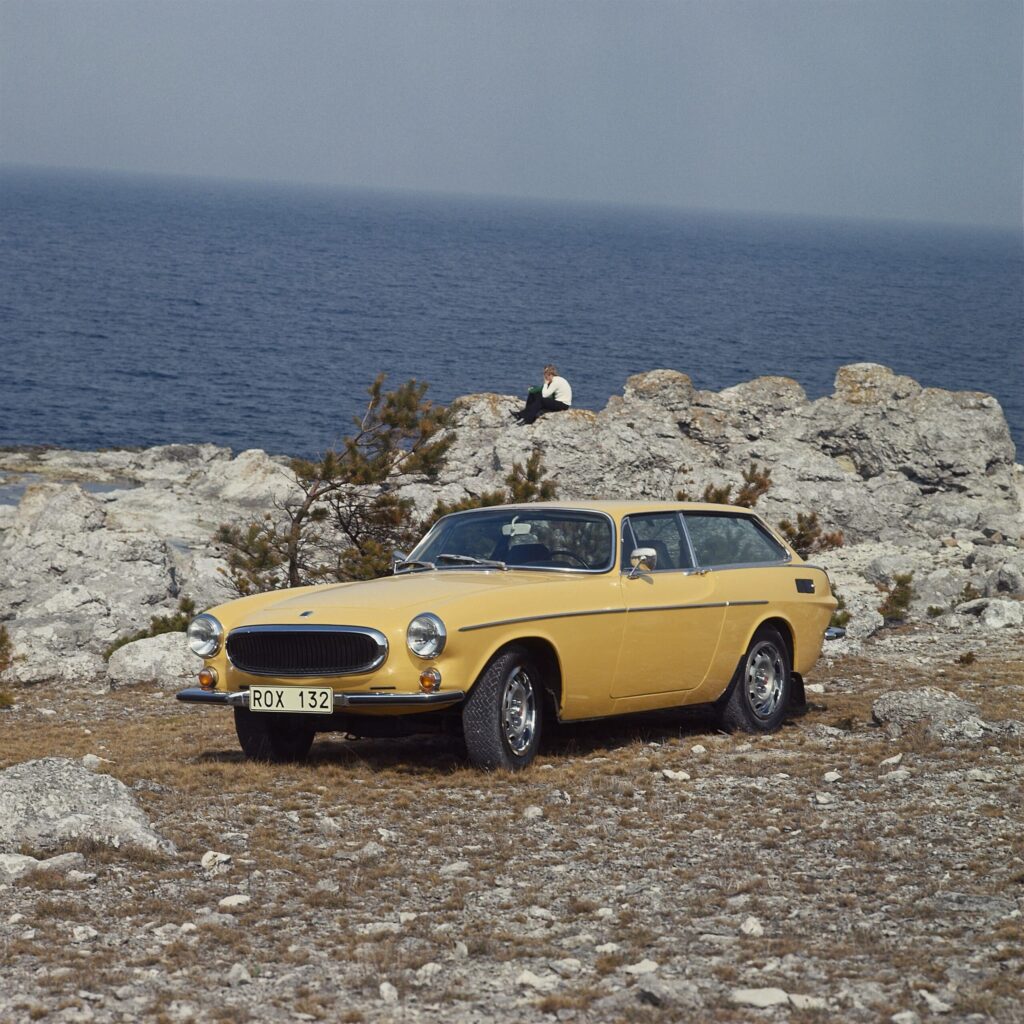
Although the end is in sight, in 1972, an exciting version called P 1800 ES (Estate) was presented.
It was a very interesting shooting brake coupe that was created due to user complaints about the small interior and limited trunk space. However, the market did not react well enough to this cool-looking and practical car, and production stopped in mid-1973 after a total of 47,492 vehicles were made, 8,078 of which were the ES versions.

Even though the Volvo Amazon (on which the P1800 was based) was fairly successful racing car, winning several rallies in the 60’s, the P1800 was never seen as a good racing machine. There were few attempts of entering in racing events but company wasn’t keen on introducing dedicated version and private teams stick to the Amazon model.
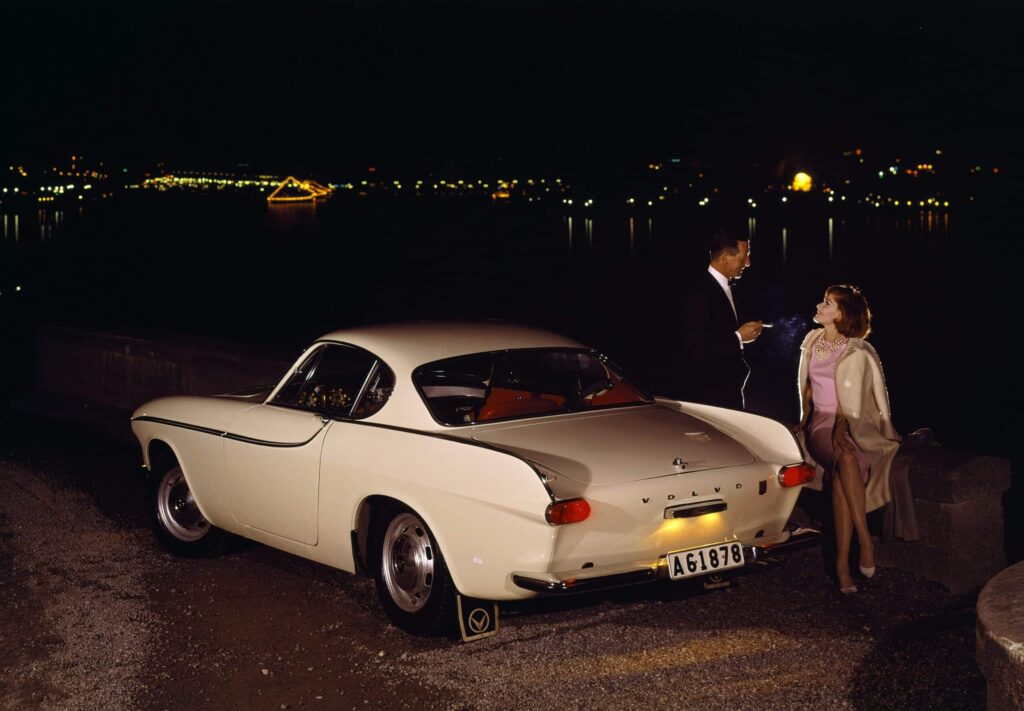
Today, we recognize the P1800 as one of the finest moments in Volvo history and an incredibly well-engineered sports coupe that still mesmerizes with its sexy lines, exciting story, and quality construction. In fact, a red P1800 entered a Guinness Book of Records for covering more than 3.2 million miles! It is entirely understandable why it is everybody’s favorite Volvo why today, over 60 years since it was first presented, it still turns heads when cruising amongst anonymous modern cars. The P1800 was the perfect combination of Swedish quality and dependability, Italian (more or less) looks, and global appeal, which Volvo never managed to repeat. That is why it is so legendary and sought-after by the people who appreciate finer things in life.





